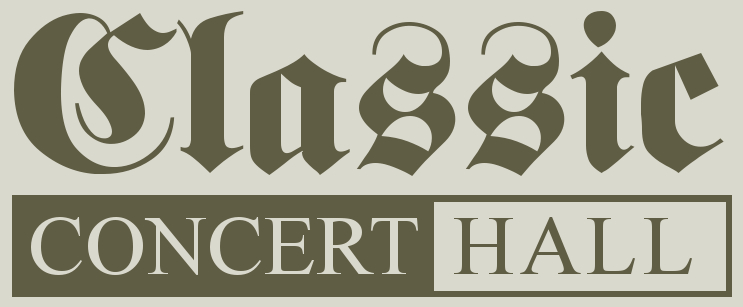|
Comments (13)
Comment on this music
Login/Register to post a comment.
|
Fantasia d
Uploaded by: yolar
Composer: Sweelinck, Jan Pieterszoon Organ: Stellwagen Organ, 1655-1659, Stralsund Software: Hauptwerk VII Views: 73
Fantasia 02
Uploaded by: fiffaro
Composer: Emmanuel Adriaensen Organ: Zwolle, St. Michael Software: Hauptwerk IV Views: 605
Psalm 52
Uploaded by: wimbomhof
Composer: * My Own Composition Organ: 1675/88 Hus/Arp Schnitger, Stade, Germany Software: Hauptwerk IV Views: 42
|
Uploaded by:
|
EdoL (07/04/18)

|
|
Composer:
|
Buxtehude, Dieterich 
|
|
Sample Producer:
|
OrganArt Media 
|
|
Sample Set:
|
1675/88 Hus/Arp Schnitger, Stade, Germany

|
| Software: | Hauptwerk IV |
| Genre: | Baroque |
| Description: | There are over 40 surviving chorale settings by Buxtehude, and they constitute the most important contributions to the genre in the 17th century.
Buxtehude's principal contributions to the organ chorale are his 30 short chorale preludes. The chorale preludes are usually four-part cantus firmus settings of one stanza of the chorale; the melody is presented in an elaborately ornamented version in the upper voice, the three lower parts engage in some form of counterpoint (not necessarily imitative). Most of Buxtehude's chorale settings are in this form.
The ornamented cantus firmus in these pieces represents a significant difference between the north German and the south German schools; Johann Pachelbel and his pupils would almost always leave the chorale melody unornamented.
Buxtehude's Chorale Fantasia on Ich dank dir, lieber Herre, BuxWV194, is a free work in a phantasticus style. "Unusually, the first line of the melody is heard right at the outset, fully harmonized.
The subsequent lines are not stated, but bars 3 to 35, and the ostinato-like passage beginning at bar 54 (...heard most clearly in the pedal part), take the first few notes of the second line as their cue; and at bar 73, where the time signature changes from 4/4 to 6/4, a dance-like, more extensive ostinato begins: its material, like that of the stately coda (bar 96), appears to be independent of the chorale melody, as if the composer had abandoned the chorale fantasia and embarked on a praeludium."
The chorale text is from an "old Reformation-period morning-hymn “Ich dank dir lieber Herre” by Johann Kolross (a.k.a. Rhodanthracius, “Rosycoal”), published (a part) in Musika Deutsch, Nürnberg, 1532."
Translated text in first comment. |
| Performance: | Live |
| Recorded in: | Stereo |
| Playlists: |
|
|
Options:
|
 Sign up today to download piece. Sign up today to download piece.
 Login or Register to Subscribe Login or Register to Subscribe
 See what EdoL used to make this recording See what EdoL used to make this recording
|
|
|



